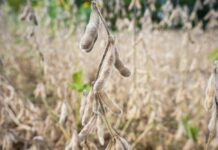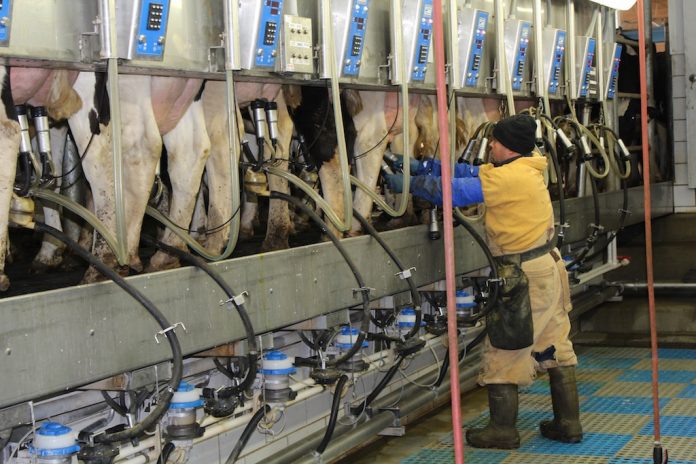At about a year ago, the excitement was intensifying for the convergence of two major celestial bodies. Plans had been made for months ahead for personal travel, lodging, and eye protection and many infrastructure aspects were planned by communities along the solar eclipse.
The magnificence of the event was not a disappointment on April 8, 2024, and it will be remembered for a lifetime for those who were able to witness it. In reflection, we need to note when other things converge that impact the dairy industry.
Considerable focus remains in the U.S. on improving milk production, economic viability and environmental sustainability of our dairy farms.

Figure 1. provides the annual milk production and domestic disappearance of milk during the past 10 years. Milk production has been on the rise, especially due to increases in milk yield per cow which have been bolstered with improved genetics, nutrition and animal comfort. Even though cow numbers have fluctuated some, the average U.S. herd has remained rather constant at 9.38 million.
Since 2021, the milk production has moderated, and we always have to keep in mind that yearly variation is impacted by feed production and quality, cull cow prices and heat stress. Sometimes these influences are regional and other times widespread, but in either case, they can cause major problems for the dairy farmers directly impacted.
Considerable excitement exists in the U.S. dairy industry about the trend in dairy product consumption, including in the recent data released in 2024. The domestic disappearance is very important for keeping supply and demand in balance. The yearly increase in milk production has been about 0.9% during the past 10 years, and domestic disappearance has increased 1.1%.
The convergence of milk production and domestic disappearance is a positive indicator of milk price for the farmer. When milk production increases without increases in domestic disappearance, then exports need to increase to make up the difference, else milk price will decline in response to the over supply of milk.
Careful watch at present is occurring on the export potential for U.S. dairy products with the new leadership in Washington D.C. and the actions regarding trade and tariffs.
When milk price ($/cwt) and cost of milk production ($/cwt) converge, it is unsettling to walk the tight rope. However, it is even more risky to not realize you are on a tight rope when disaster hits as you fall off a cliff, grasping for branches or stones.
In other words, its better to know your cost of production and make management decisions to keep the finances in balance rather than not knowing the costs until gloom sets in. In general, the cost of production is approximately $18/cwt, but this varies considerably by region, year and farm.
At present, the major cost of production — feed — is reasonable, but this could change with the 2025 harvest conditions and world events. Milk price for 2025 is going to be volatile — so what’s new about this? This will be impacted by total milk production, domestic disappearance, and trade. The financial
perspective for dairy farms is positive for 2025, but we will need to be
watchful for the convergence of the milk price and cost of production.













